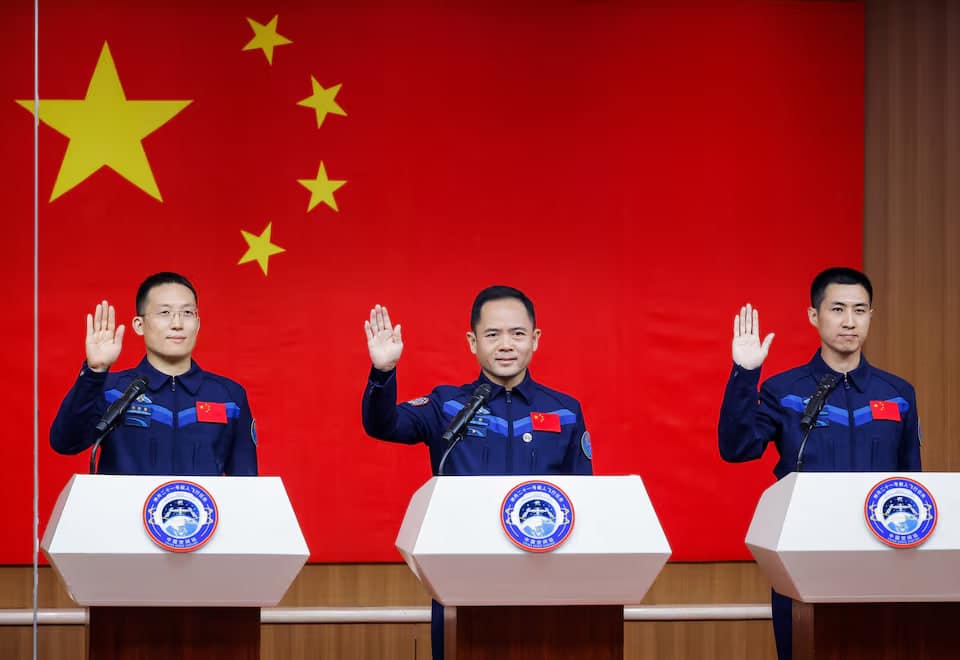Chinese Astronauts Land Safely After Debris Damage Forces Rare Mission Delay

Three Chinese astronauts whose return was postponed after space debris struck their spacecraft have landed safely in China, Reuters reports.
The China Manned Space Agency (CMSA) confirmed for the first time that the Shenzhou-20 return capsule suffered «tiny cracks» in one of its small windows. Agency said the damage meant the capsule no longer met safety standards for a crewed descent, so the vessel will remain in orbit to carry out experiments instead. The crew, who had been due home nine days earlier after a six-month mission on the Tiangong space station, were ordered to delay their return.
Emergency switch to Shenzhou-21
The astronauts travelled back aboard a different vessel, Shenzhou-21, touching down at the Dongfeng landing site in Inner Mongolia at 4:40 p.m. local time on November 14.
Their mission, launched in April, had run smoothly until the debris strike forced the postponement of the planned November 5 return. The delay was unusual for a programme known for its precision and recent achievements including deploying its first astronauts born in the 1990s, setting a world record for a spacewalk and preparing to host Pakistan’s first astronaut next year.
Shenzhou missions rely on a handover period when two spacecraft are docked simultaneously at Tiangong. With the Shenzhou-20 crew departing on Shenzhou-21, the station is temporarily without a flightworthy craft. This means the newly arrived Shenzhou-21 crew currently has no emergency return option until a replacement vehicle is launched.
Under China’s safety rules, if a malfunction prevents a safe landing, an unmanned rescue spacecraft is launched to bring astronauts home. CMSA said the Shenzhou-22 mission will lift off «at an appropriate time».
Rising Threat from Space Debris
Experts warn that the expanding volume of junk in orbit has sharply increased risks for spacecraft worldwide. While this is the first debris-related disruption to a Shenzhou mission, the International Space Station has faced similar hazards with both SpaceX capsules and the station itself manoeuvring to avoid suspected debris.
Old satellites, equipment failures and anti-satellite tests continue to generate large clouds of fragments that can linger in orbit for years. Recent breakups have created hundreds of trackable pieces and forced astronauts to prepare for evacuation procedures.
The escalating danger has prompted calls for China and the United States to strengthen cooperation on debris mitigation and space-traffic rules, though American legislation still limits NASA’s ability to work with China’s space programme. Even so, the two sides have increased informal coordination on orbital safety in recent years.
Last year NASA faced its own prolonged return delay when propulsion problems left two astronauts stranded on the ISS for nine months aboard Boeing’s Starliner craft.

